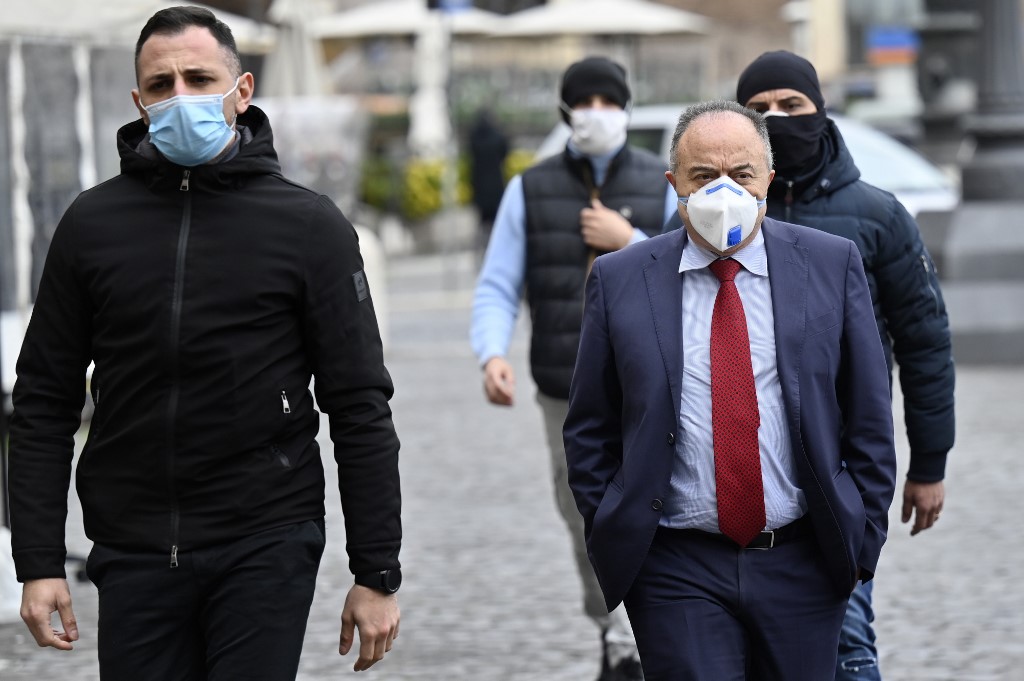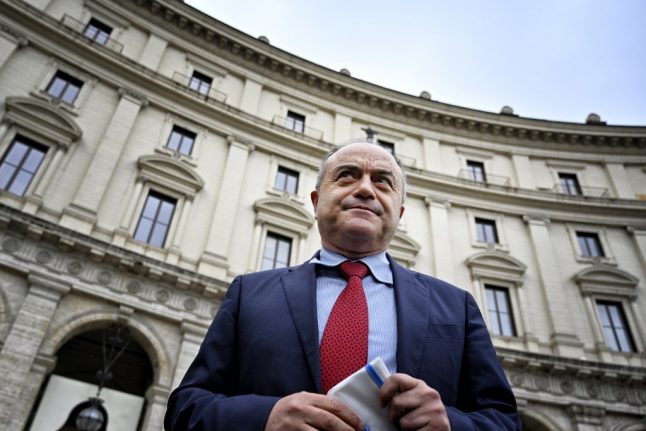

Through the years it has diversified, modernised and spread across Italy and the continent.
Italy's law enforcement still faces a struggle with mafia activity in a country where complicity can be found “at all levels of state administration,” Sergi said.
“The mafias are not external bodies to our otherwise well-functioning society, they are the mirror of our functioning,” added Gratteri, quoting the late judge Falcone.
“Italy is unable to admit it, it makes an enemy of it, forgetting that it (the mafia) is part of who we are,” he said.
“In each of us there is a little 'Ndranghetist',” said Gratteri.
By AFP's Alvise Armellini



 Please whitelist us to continue reading.
Please whitelist us to continue reading.
Member comments